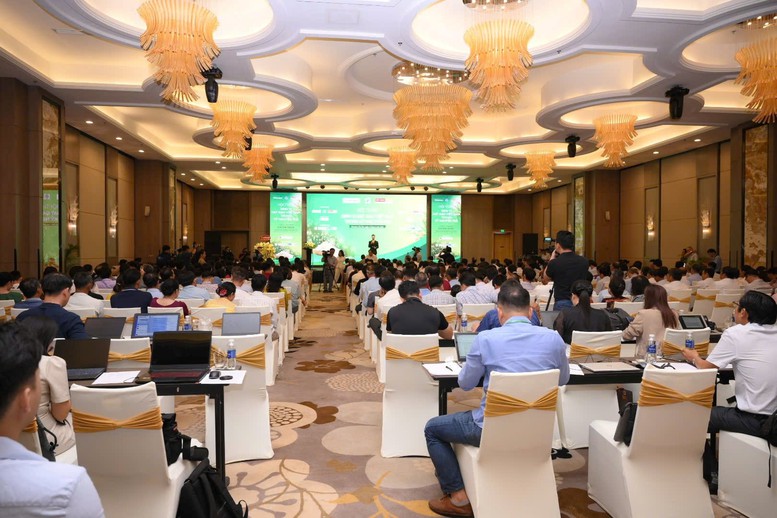
Delegates attending the workshop "Positioning Vietnamese rice in the new era" - Photo: VGP/LS
Developing Vietnam's rice industry towards improving value and quality
Currently, there are 3 types of rice in the export market: regular rice, high-quality rice and premium rice. Of which, Vietnam exports mostly high-quality rice, accounting for 60-70%, premium branded rice accounts for about 15%, the remaining 10-15% is regular rice. Statistics show that Vietnam's premium rice segment is less competitive with other exporting countries. Vietnamese rice is currently present in many countries and demanding markets thanks to its high quality.
According to Ms. Tran Thi Thanh Bich, Editor-in-Chief of Financial Market Magazine, in 2024, the Vietnamese rice industry made a special mark with a record export output of 9.18 million tons, with an export turnover of 5.75 billion USD, maintaining its position as one of the world's leading rice exporting countries. This is a testament to the continuous efforts, and at the same time opens up expectations for a new year of continued success. That affirms that rice is not only the pillar of the agricultural economy but also the pride of Vietnam's exports.
Ms. Thanh Bich raised the question: So how to keep the export price of rice stable? How to ensure the balance of supply and demand in the rice industry? How to increase people's income? And how to create conditions for reputable businesses to develop with peace of mind?
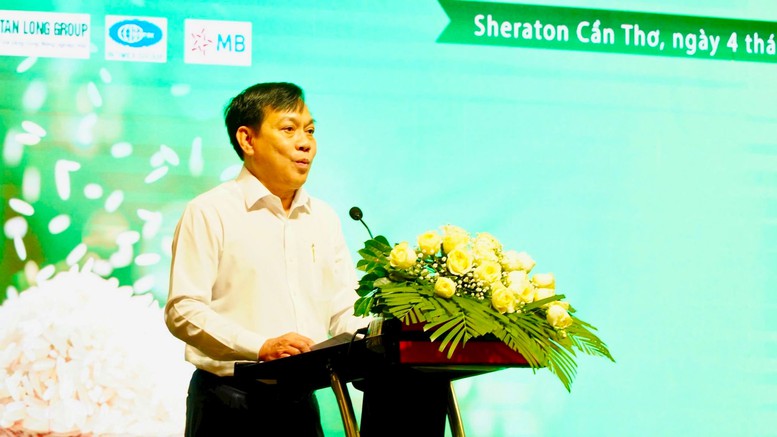
Vice Chairman of Can Tho City People's Committee Nguyen Ngoc He speaks at the Workshop - Photo: VGP/LS
Mr. Nguyen Ngoc He, Vice Chairman of Can Tho City People's Committee, said that Vietnam's rice industry plays an important role in ensuring national and world food security. In particular, the rice industry in the Mekong Delta has achieved many great achievements in recent times, contributing 50% of rice output and more than 90% of rice export output. It is a region that ensures national food security, and Vietnam's rice has affirmed its position in the world market.
However, the rice industry has had its ups and downs, the lives of rice farmers still face many difficulties, the income of rice farmers is still lower than some other agricultural production sectors. Besides, rice production is also facing many difficulties and challenges such as climate change, environmental issues, increasingly high quality requirements, brand issues, etc.
Mr. He also said that the project to sustainably develop 1 million hectares of high-quality rice, reduce emissions associated with green growth in the Mekong Delta by 2030 is an opportunity and a solution to continue promoting the development of the rice industry. The implementation of the project in the past time has been actively implemented by the Ministry of Agriculture and Rural Development, now the Ministry of Agriculture and Environment, and provinces and cities in the region from the very beginning.
Speaking at the workshop, Mr. Tran Quoc Ha, Acting Director of the State Bank of Region 14 (including Can Tho, Soc Trang, Hau Giang, Bac Lieu and Vinh Long) said that the State Bank always identifies agriculture and rural areas, including rice, as a priority sector and focuses capital for investment. In recent times, the State Bank and the banking sector in the regions have implemented many credit solutions to support enterprises in developing rice production and business in particular, and supporting the recovery and development of the socio-economy in general.
Based on the developments and actual situation in the market, the State Bank has issued many documents directing credit institutions to focus capital resources to meet the production and business needs of traders, enterprises, producers and traders in the rice sector; create favorable conditions for enterprises and people to access credit capital to serve production and business, such as maintaining the granted credit limit, reducing lending interest rates, exempting and reducing service fees, being flexible in applying loan guarantee mechanisms, diversifying appropriate credit programs and products.
The State Bank of Vietnam has also directed credit institutions to deploy and increase the scale of the Credit Program for the forestry and fishery sector to about VND 100,000 billion and expand the scope of the Program for the agriculture, forestry and fishery sector (implementing the direction of the Prime Minister in Directive 05/CT-TTg dated March 1, 2025 on key tasks and solutions, breakthroughs to promote economic growth and accelerate disbursement of public investment capital, ensuring the national growth target in 2025 reaches 8% or more).
As a result, credit for the rice industry in the Mekong Delta region has always had a high growth rate, reaching VND 121,595 billion by the end of December 2024, an increase of about 16% compared to the end of 2023, accounting for about 55% of outstanding rice and paddy credit nationwide. Of which, outstanding credit for cultivation accounts for about 18%, for purchasing and consumption accounts for about 70%, for processing and preservation accounts for about 12%.
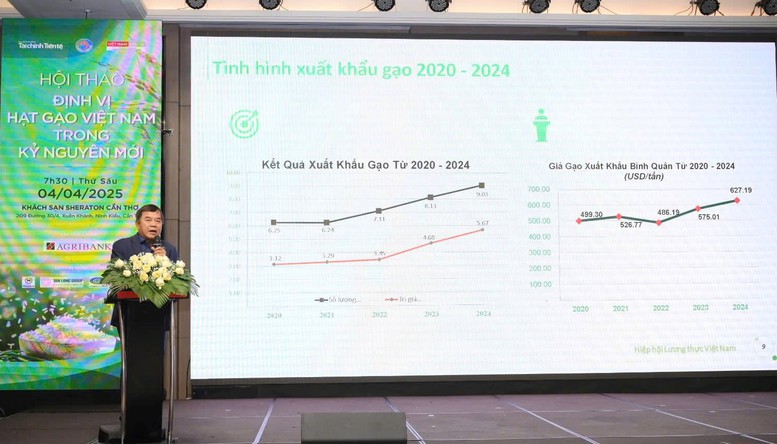
Mr. Do Ha Nam, Chairman of the Vietnam Food Association (VFA) speaking at the Workshop - Photo: VGP/LS
Mr. Do Ha Nam, Chairman of the Vietnam Food Association (VFA), said that rice exports are on the rise, as demonstrated by impressive export figures and the orientation to increase product value.
According to Mr. Nam, Vietnam's rice exports have increased sharply, from 6 million tons in previous years to 7.5 million tons in 2022 and surpassing 9.18 million tons last year, with revenue of over 5.7 billion USD. In addition to Vietnamese rice, businesses also import rice from Cambodia with about 3 million tons in 2023 and 3.8 million tons in 2024.
It is estimated that the total rice export volume in the first quarter of this year will reach 2,250,160 tons, an increase of 2% over the same period in 2024. Notably, the structure of exported rice varieties is shifting positively, with an increasing trend in the proportion of fragrant rice, Japonica rice, specialty rice and high value-added rice products.
Mr. Do Ha Nam proposed that state management agencies support financial policies and infrastructure to facilitate food export activities, including rice.
Vietnam aims to continue improving the quality and value of exported rice, aiming to reduce the proportion of low- and medium-grade white rice, while increasing the proportion of fragrant rice, Japonica, and specialty rice. Specifically, by 2025, the proportion of low- and medium-grade white rice will decrease to no more than 15%, while the proportion of fragrant rice, Japonica, and specialty rice will increase to about 40%.
By 2030, these targets are even more ambitious, with the proportion of low- and medium-grade white rice not exceeding 10% and the proportion of fragrant, Japonica, and specialty rice at about 45%.
Chain linkage for sustainable development
Dr. Le Thanh Tung, Vice President of the Vietnam Rice Industry Association (VIETRISA), said that to develop sustainable Vietnamese rice, it is necessary to link up in a chain, which has been proven by the positive results of implementing 7 models to implement the Project of 1 million hectares of high-quality, low-emission, green growth rice in 6 provinces and cities in the Mekong Delta region in the period of 2024-2025.
The main objective of the project is to maintain the core role of rice production in ensuring national food security; develop agriculture in the Mekong Delta in a sustainable and natural direction and increase income for rice growers; reorganize the production system according to the rice industry chain, increase added value, apply sustainable farming processes, adapt to climate change and reduce greenhouse gas emissions. At the same time, contribute to implementing Vietnam's international commitments on environmental protection.
“Supporting farmers to increase their resilience to market fluctuations is the biggest goal of the Project,” Mr. Tung emphasized.
To achieve these goals, the Project focuses on key activities such as: Upgrading infrastructure and improving logistics centers; innovating and improving technical packages based on 1M5G techniques; supporting the reorganization of household production through strengthening farmer organizations and cooperatives; training and transferring technology to farmers on sustainable farming, farm management, digital technology application and areas related to monitoring, reporting and verification of carbon credits (MRV).
At the same time, mobilize domestic and international financial and technical resources; develop the low-carbon rice market, including branding and market development for low-carbon rice from the Mekong Delta and Vietnam; improve the domestic ecosystem to support the transformation of the rice sector, including financial access, carbon payment mechanisms and benefit-sharing mechanisms, etc.
Le Son
Source: https://baochinhphu.vn/lam-gi-de-dinh-vi-hat-gao-viet-nam-trong-ky-nguyen-moi-102250404132438326.htm


![[Photo] Prime Minister Pham Minh Chinh meets with General Secretary and President of China Xi Jinping](https://vstatic.vietnam.vn/vietnam/resource/IMAGE/2025/4/14/893f1141468a49e29fb42607a670b174)
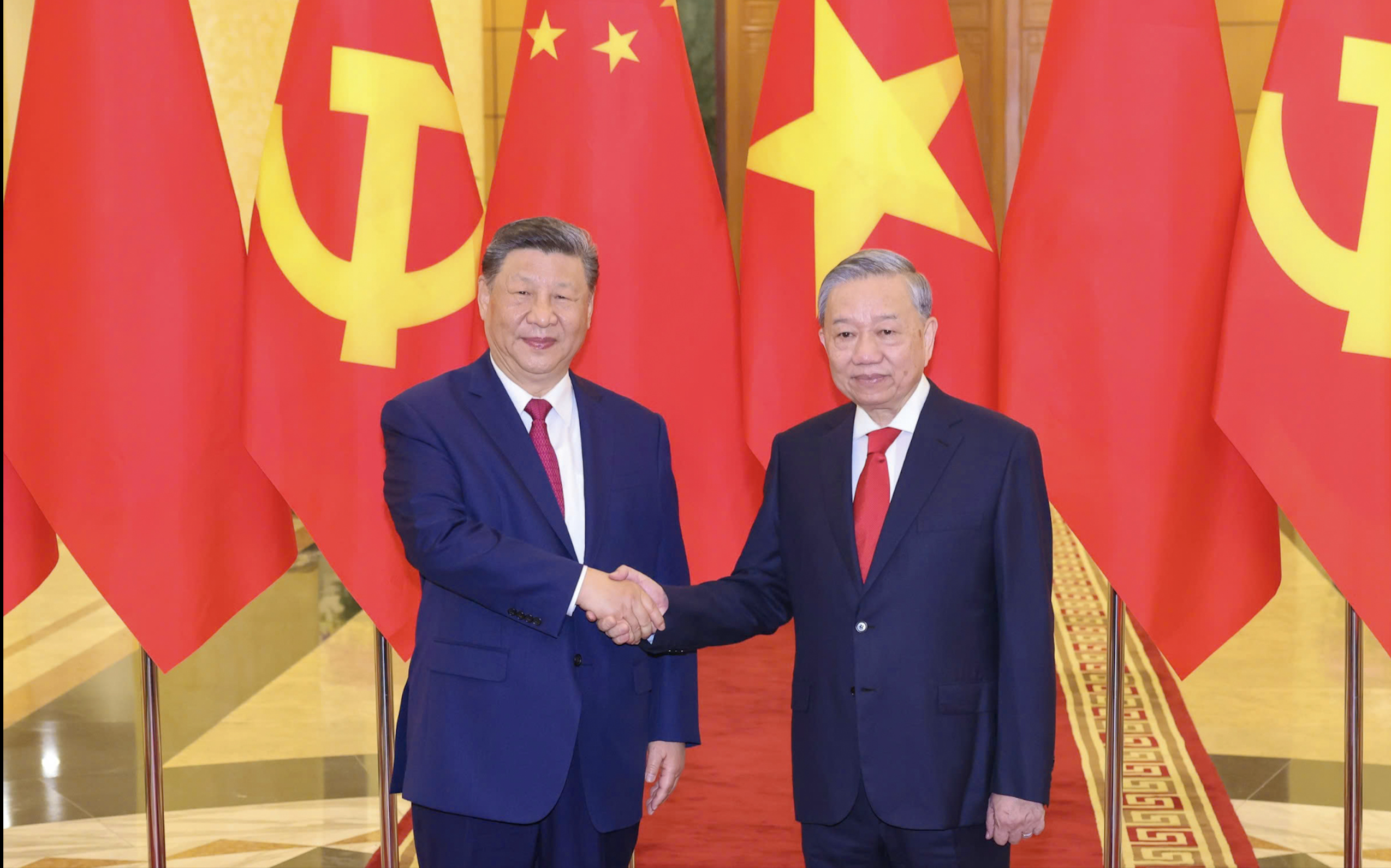
![[Photo] Reception to welcome General Secretary and President of China Xi Jinping](https://vstatic.vietnam.vn/vietnam/resource/IMAGE/2025/4/15/ef636fe84ae24df48dcc734ac3692867)
![[Photo] National Assembly Chairman Tran Thanh Man meets with General Secretary and President of China Xi Jinping](https://vstatic.vietnam.vn/vietnam/resource/IMAGE/2025/4/14/4e8fab54da744230b54598eff0070485)
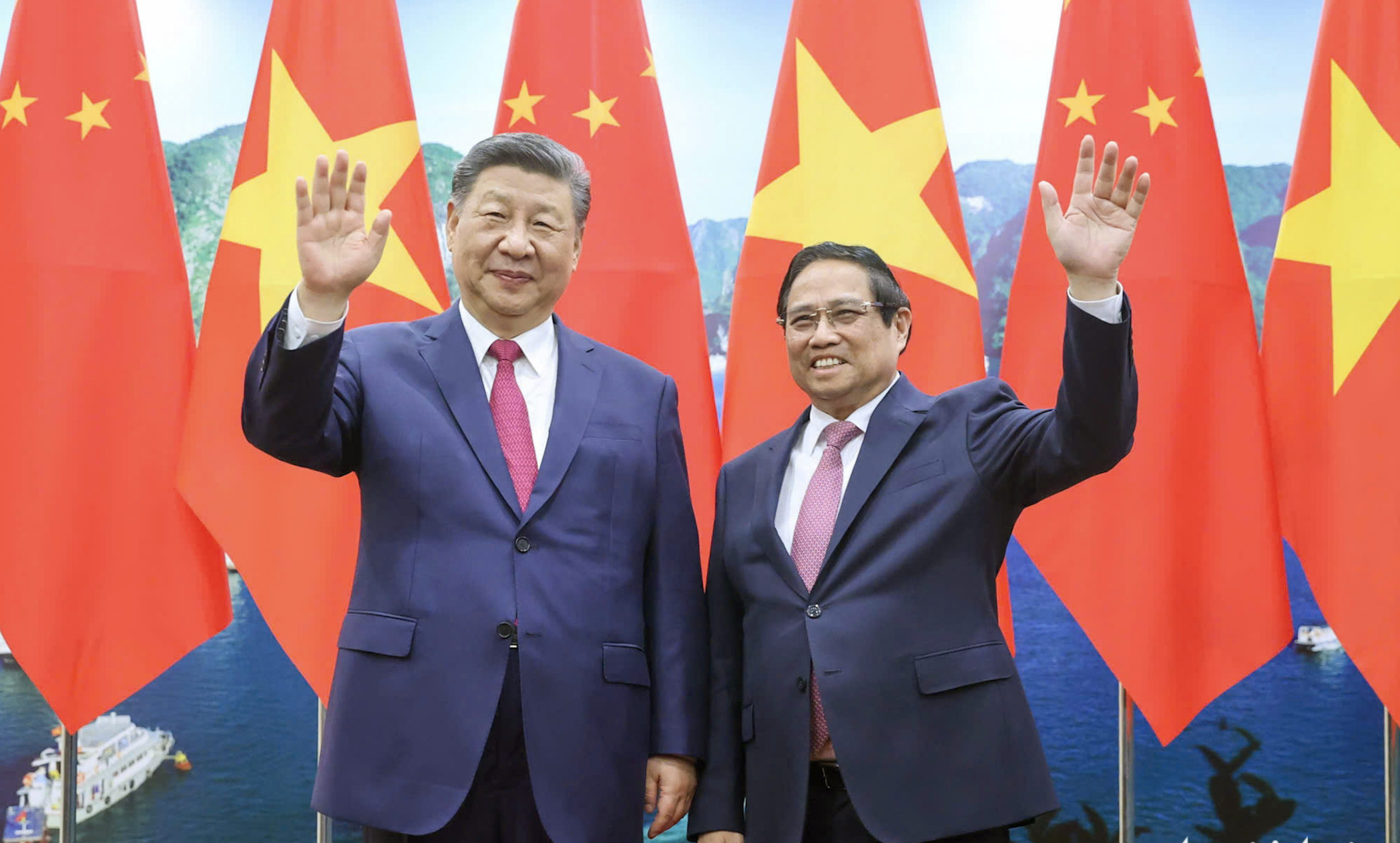
![[Photo] Tan Son Nhat Terminal T3 - key project completed ahead of schedule](https://vstatic.vietnam.vn/vietnam/resource/IMAGE/2025/4/15/85f0ae82199548e5a30d478733f4d783)



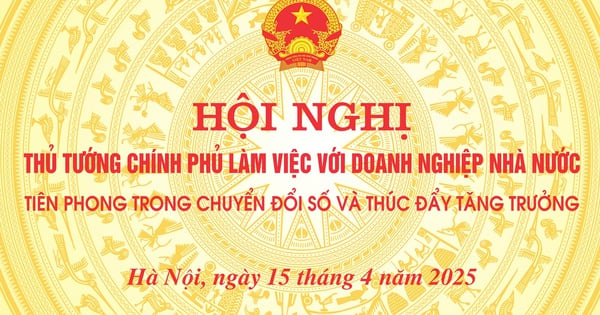

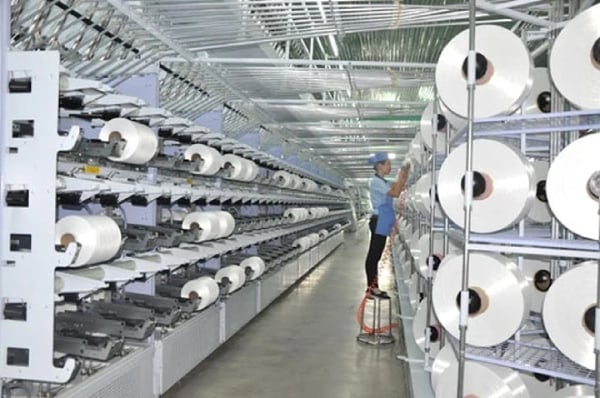
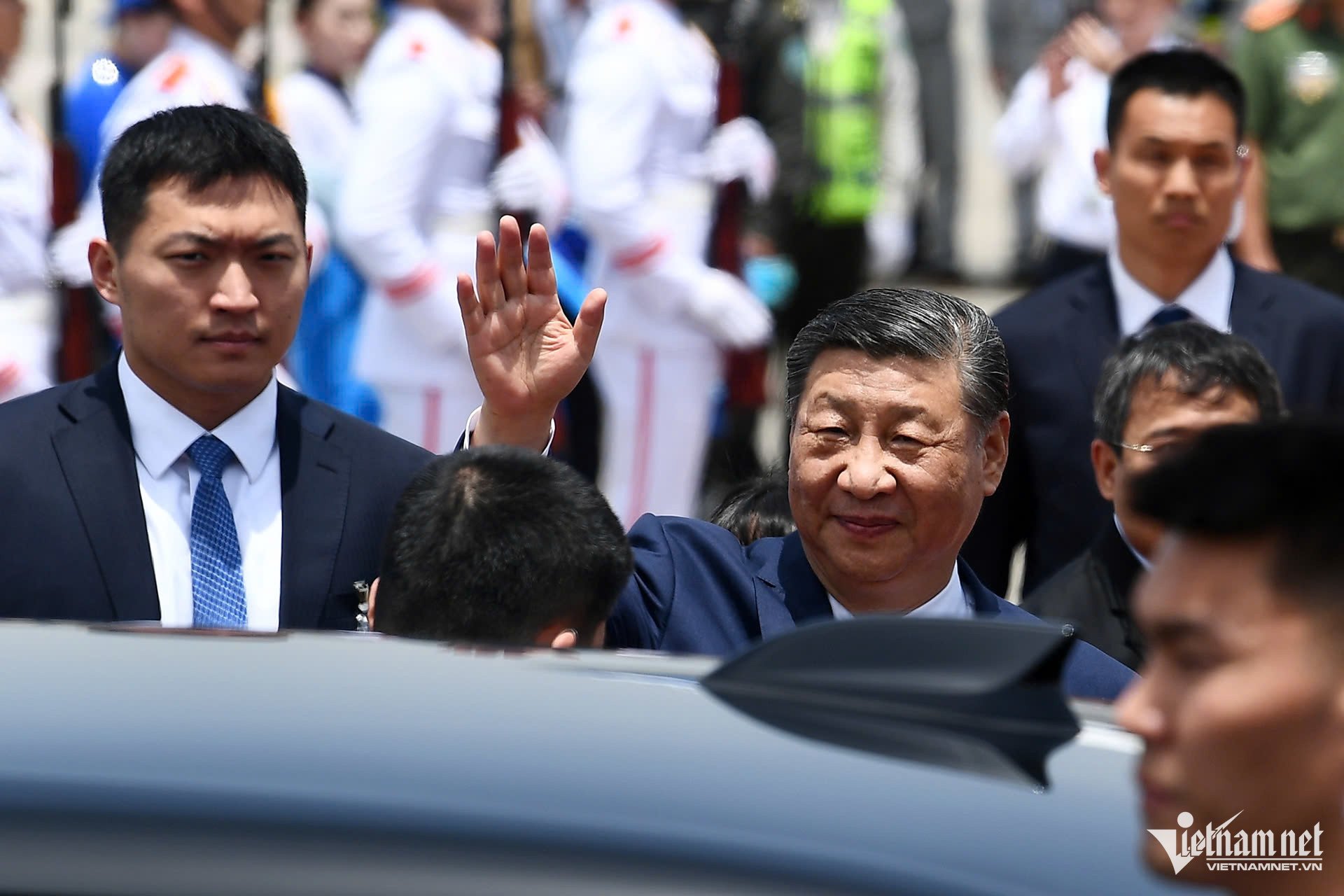
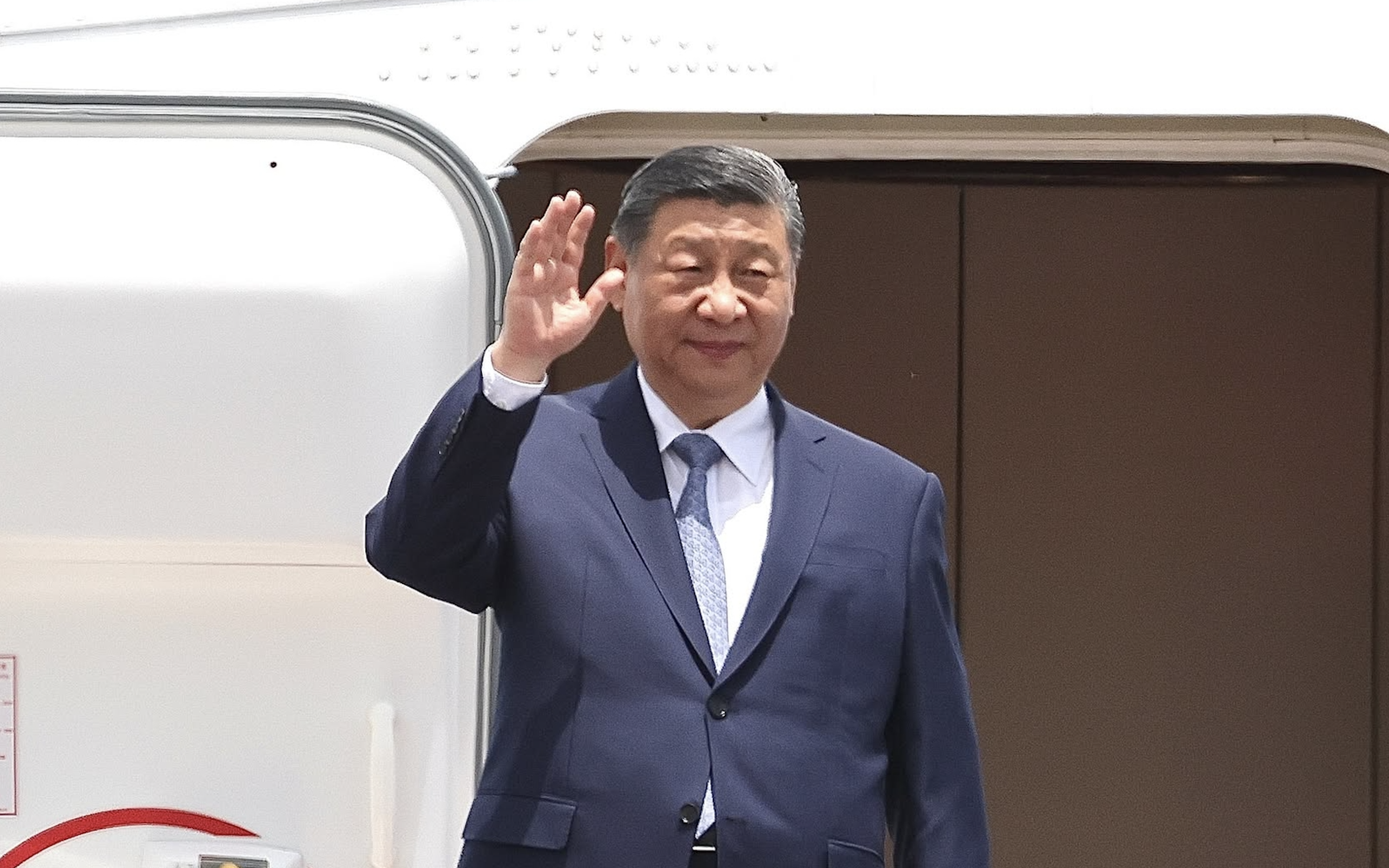


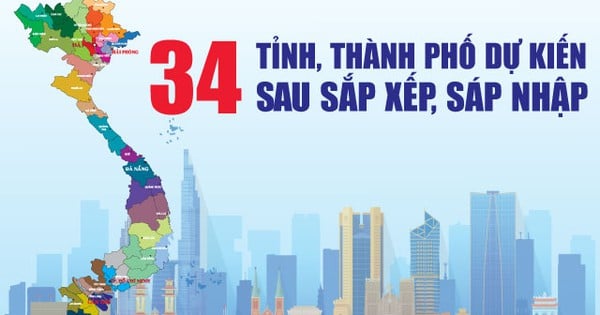
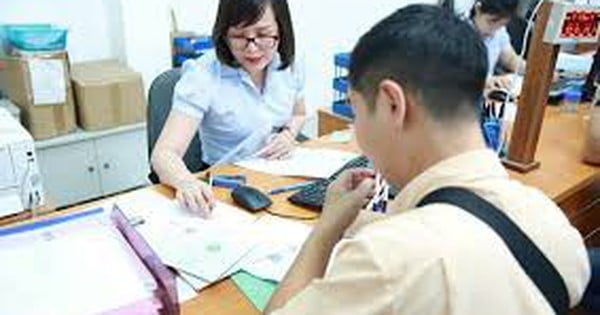
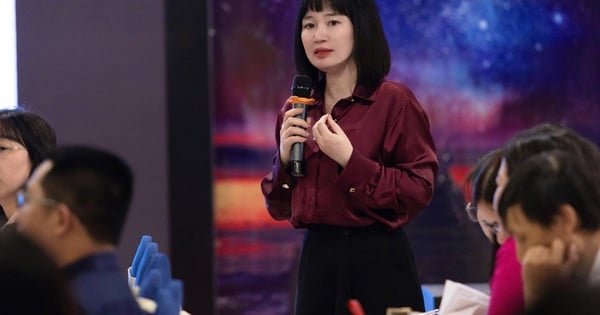
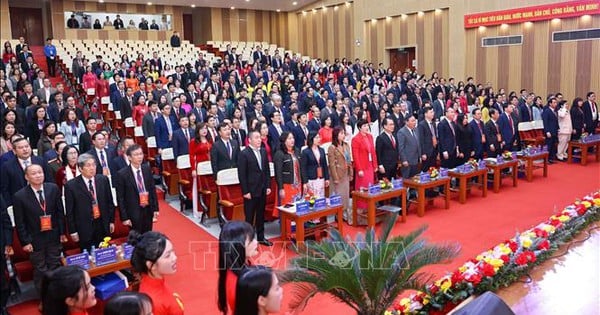
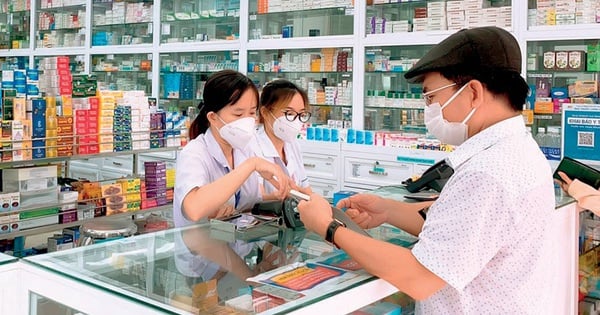

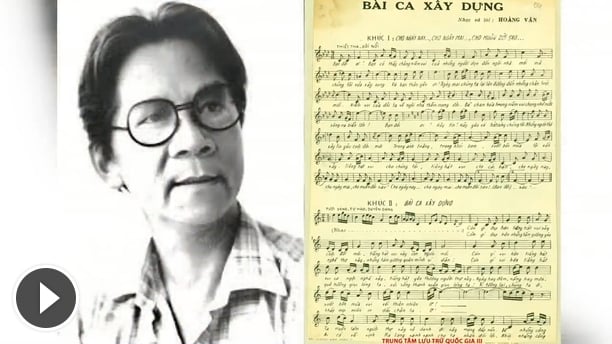

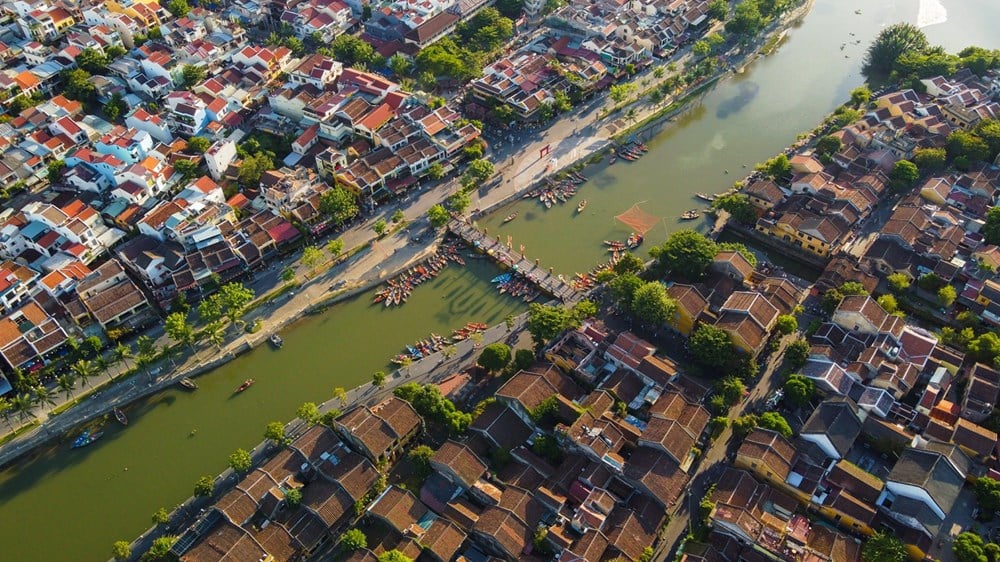

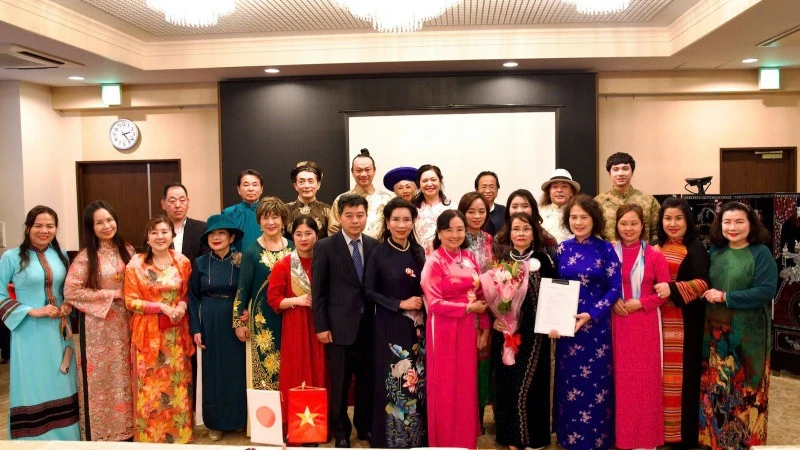



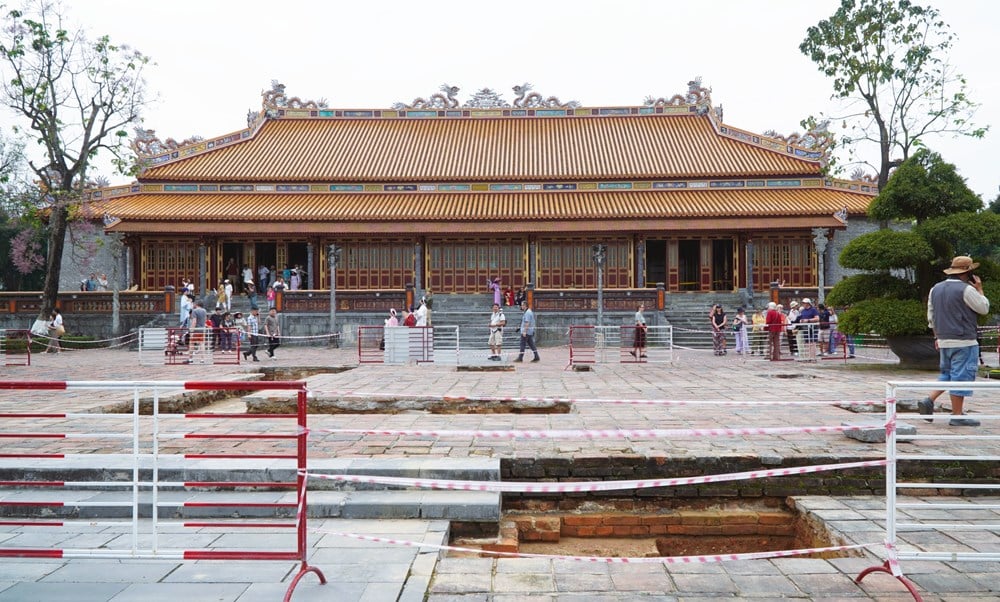
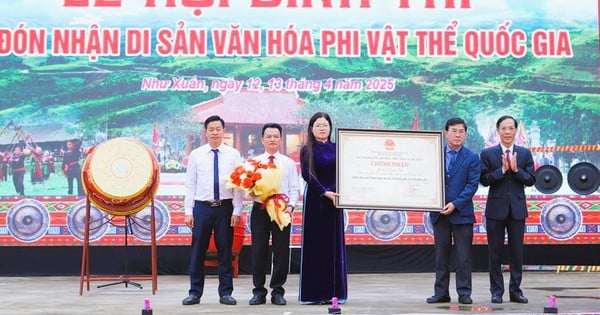

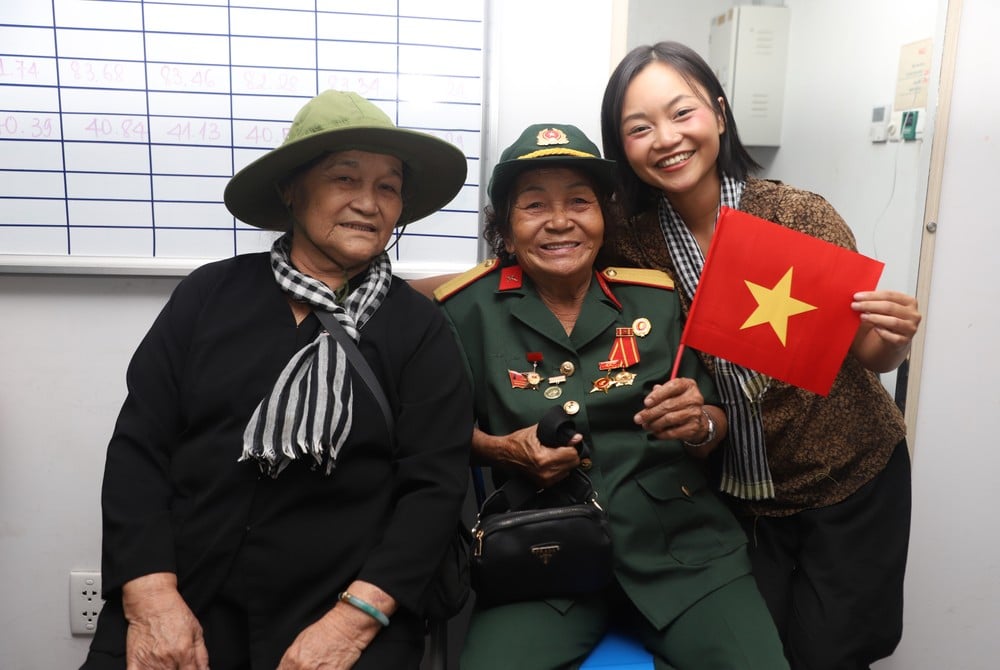

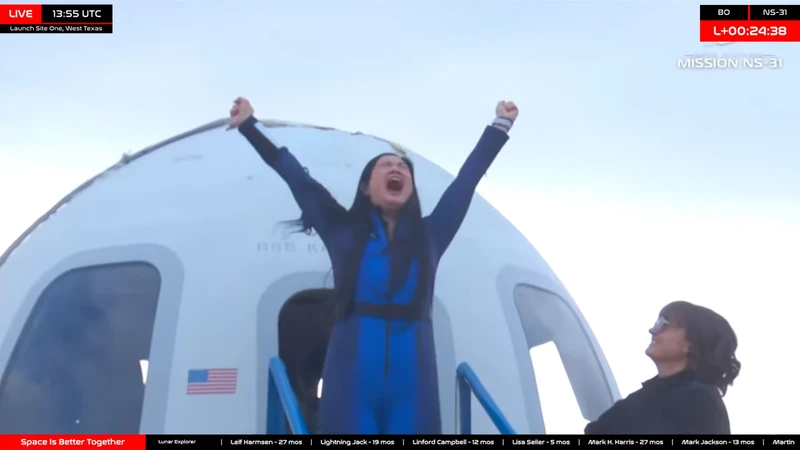

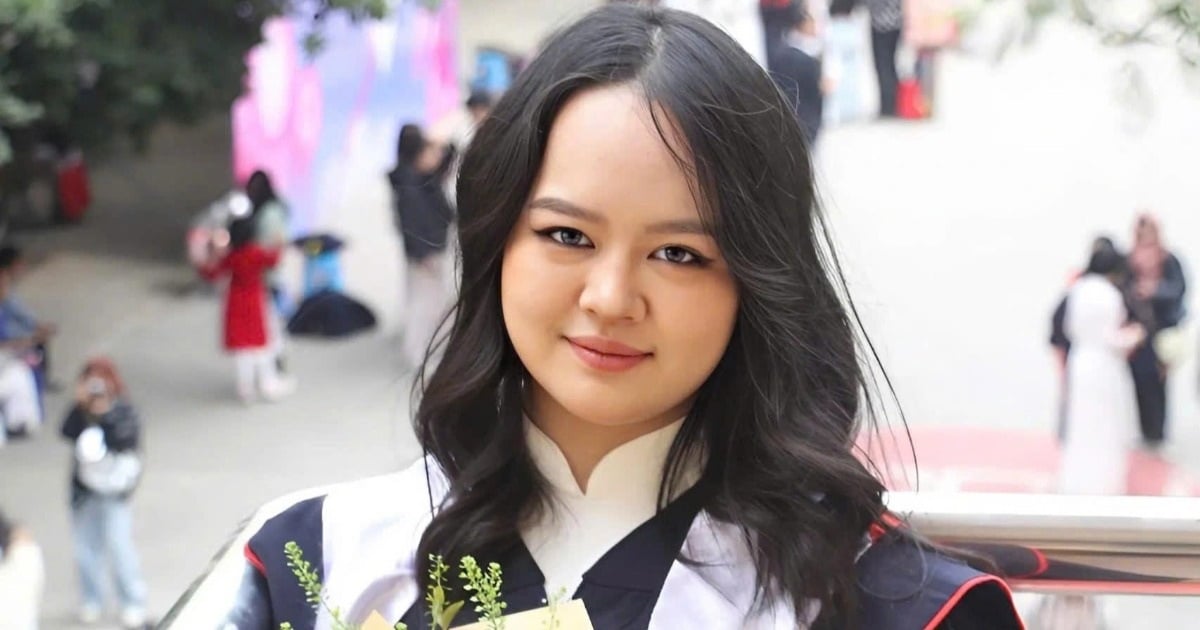

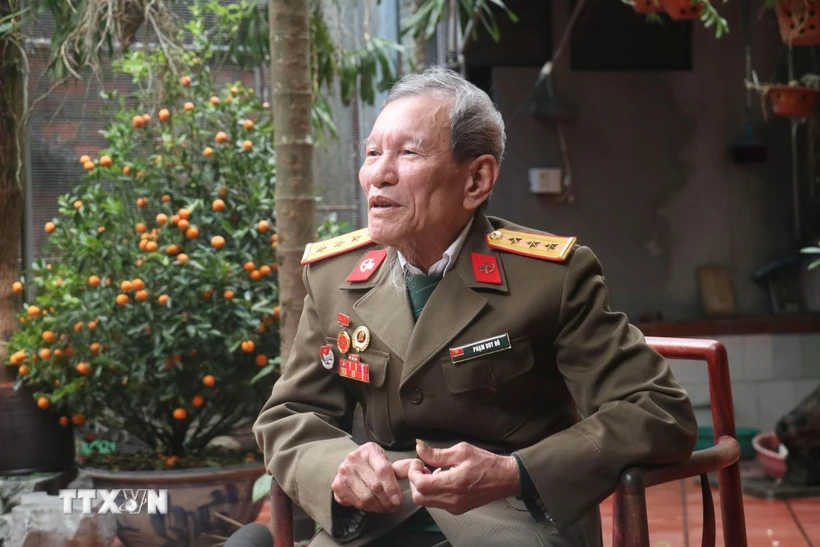

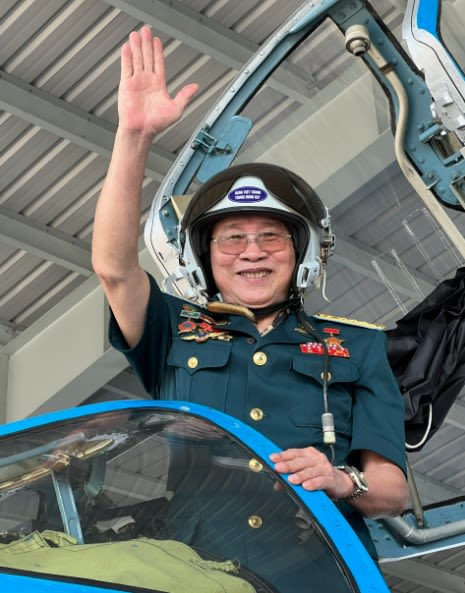
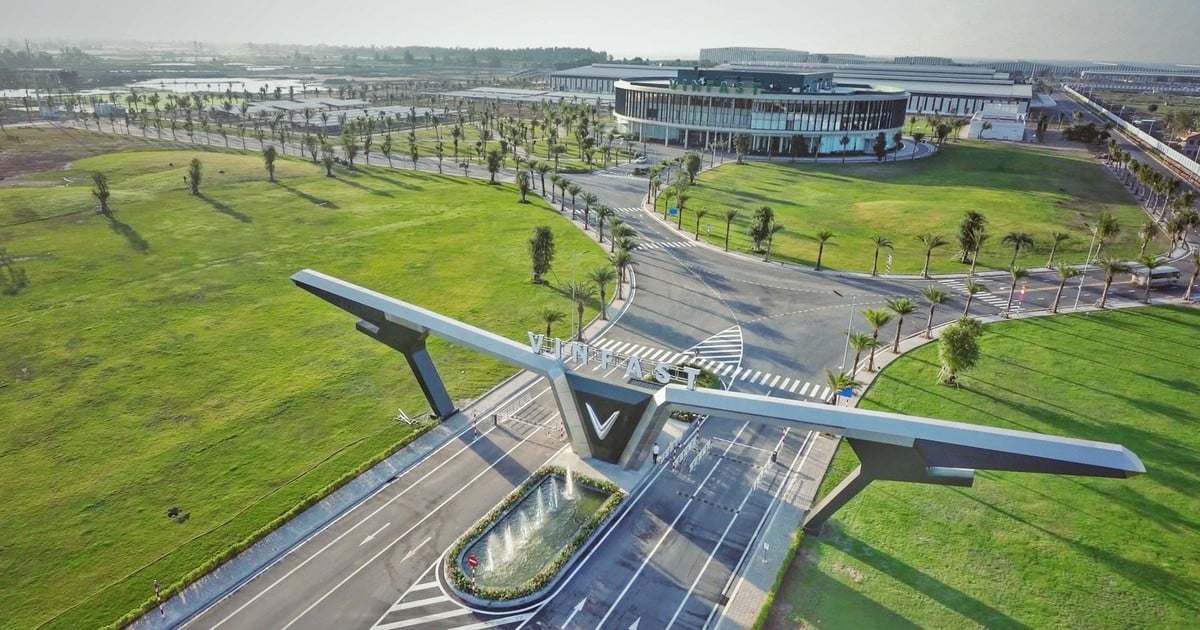

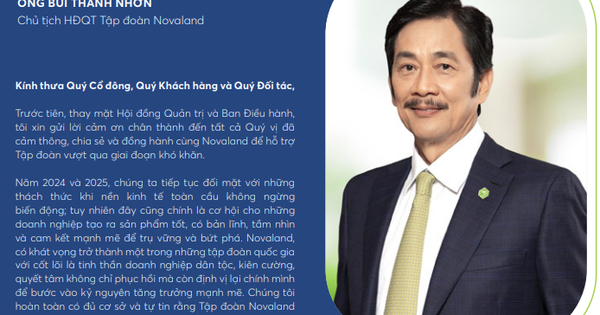
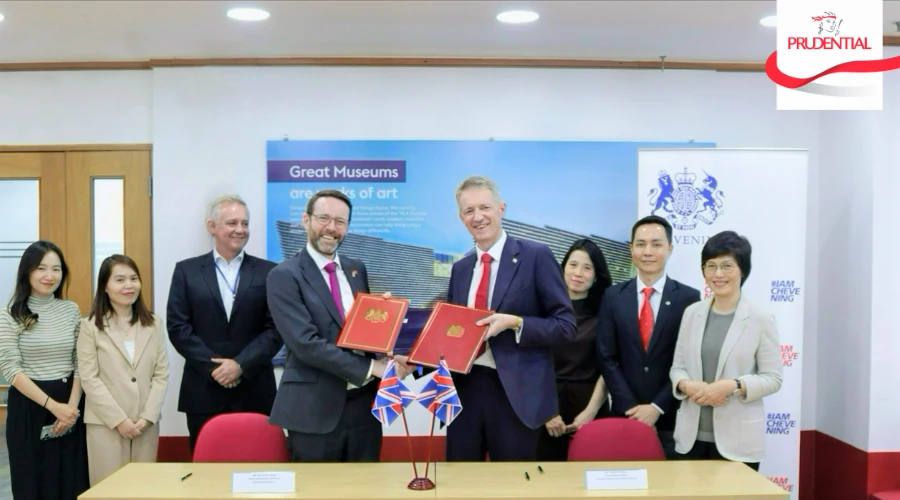

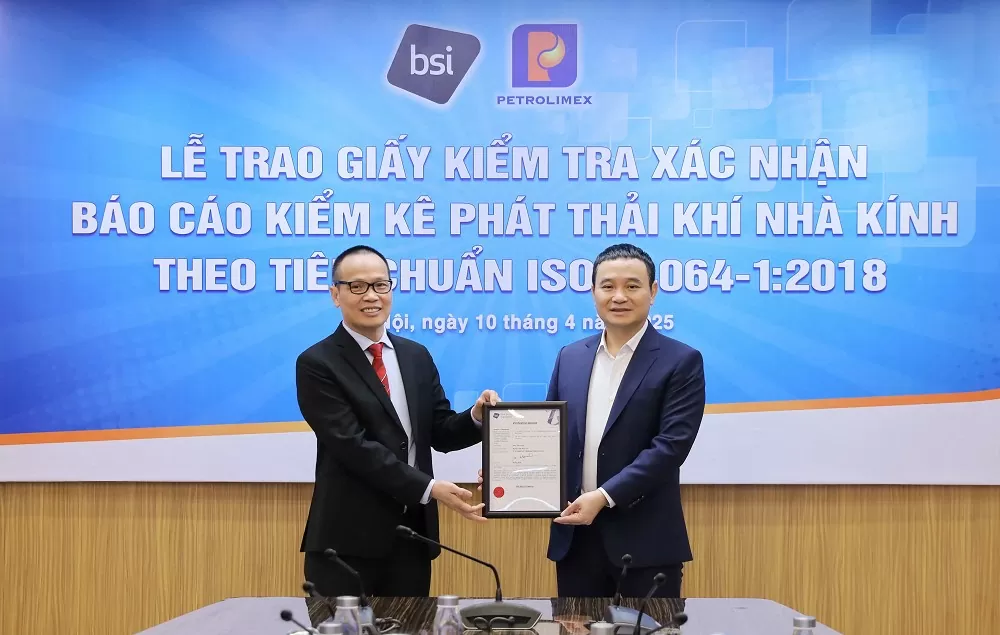


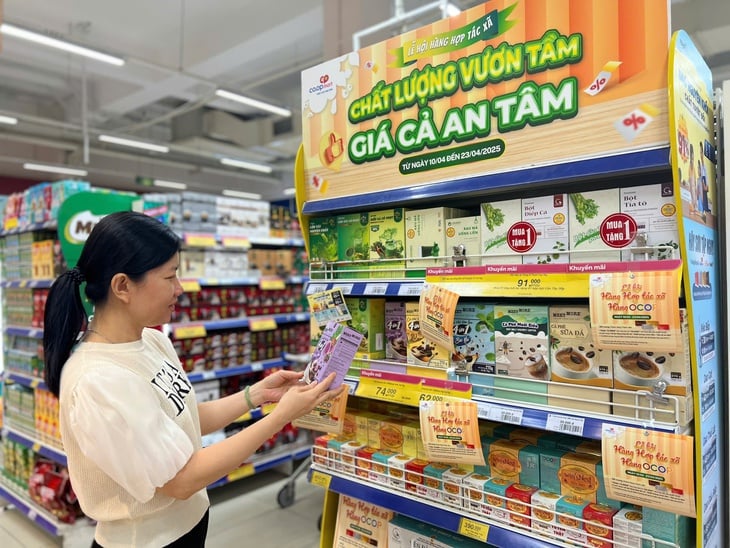
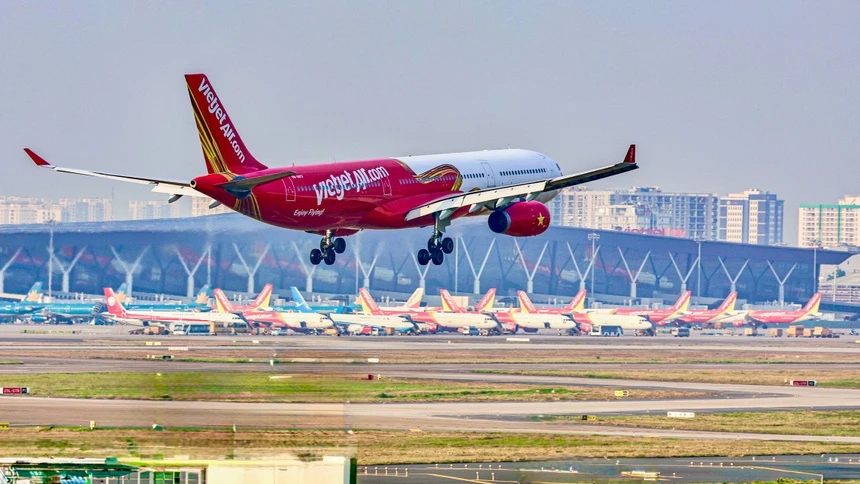

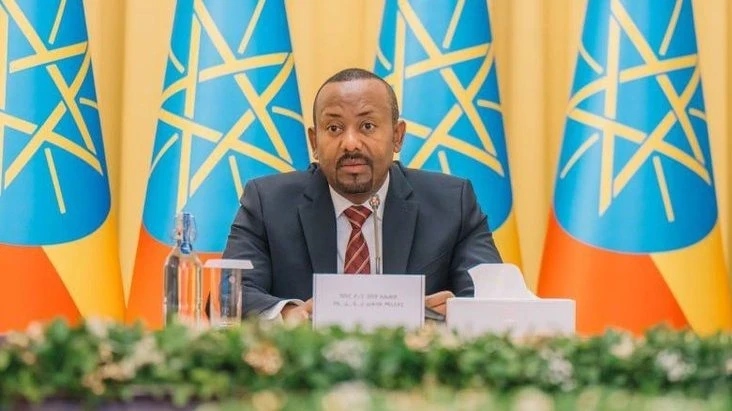
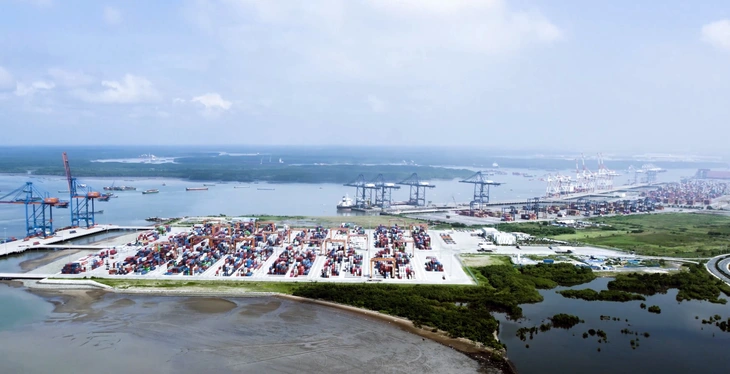
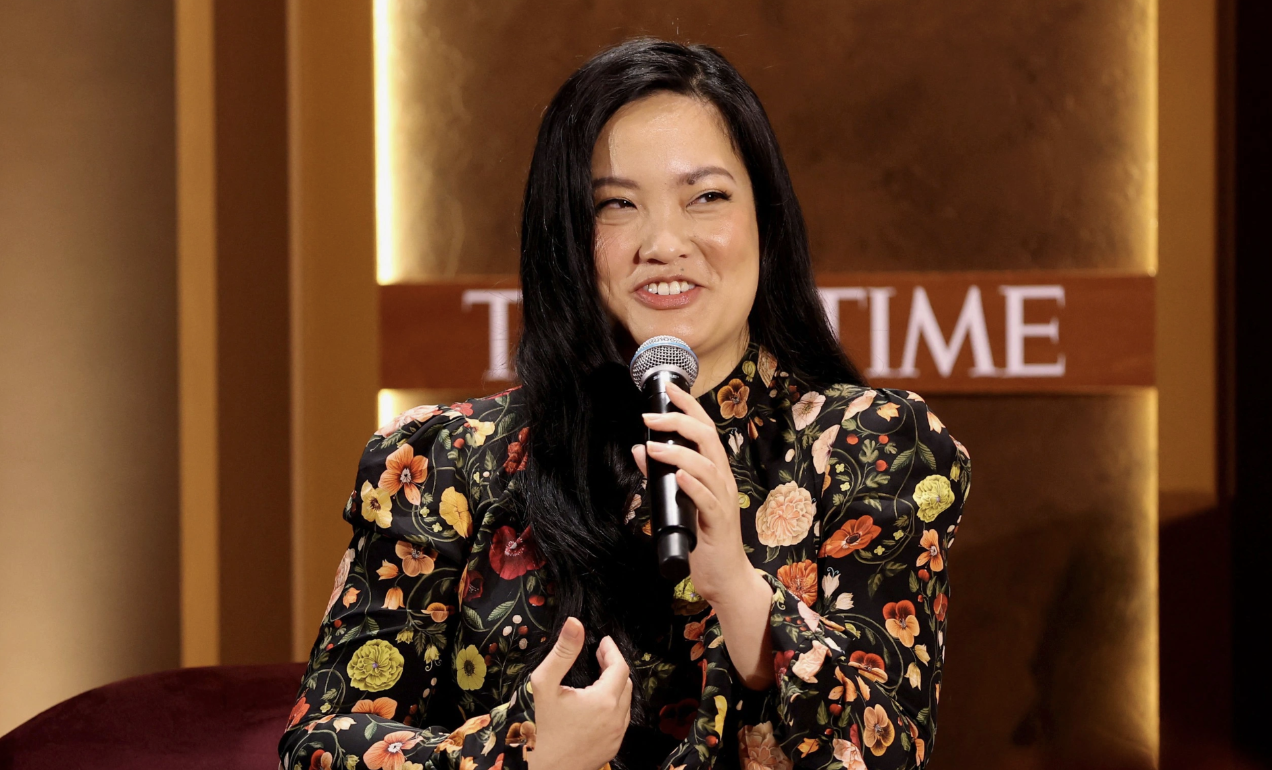
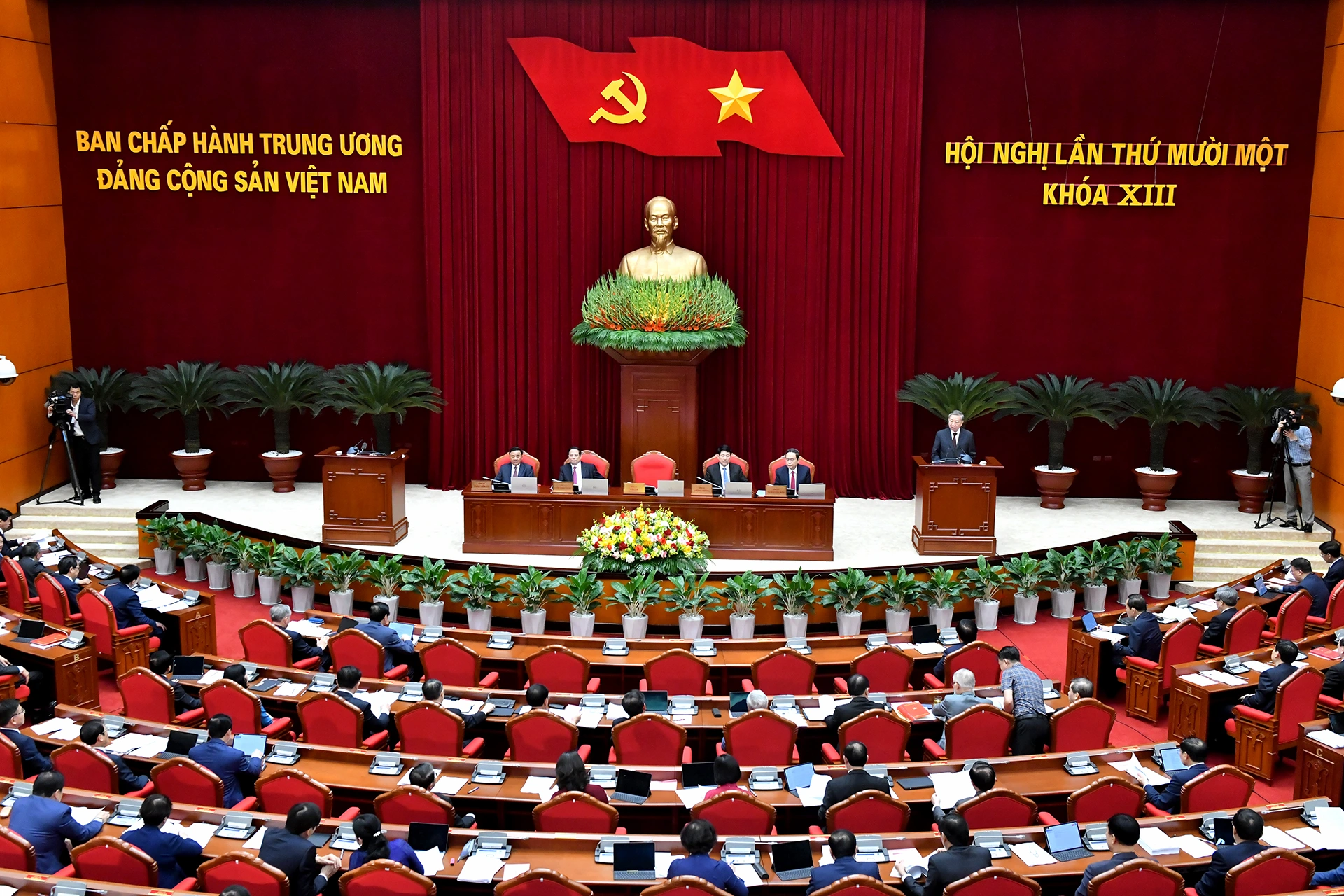
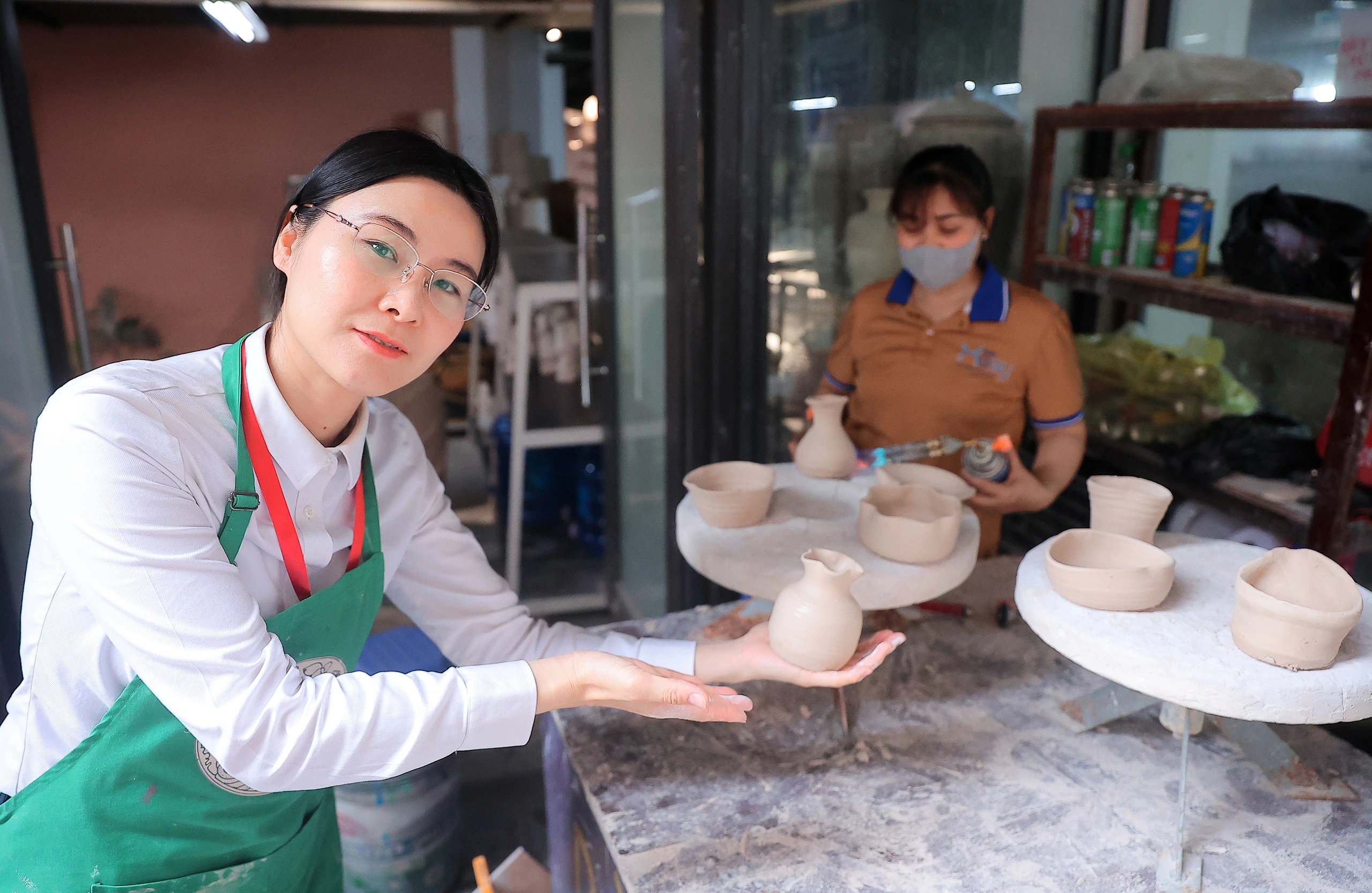
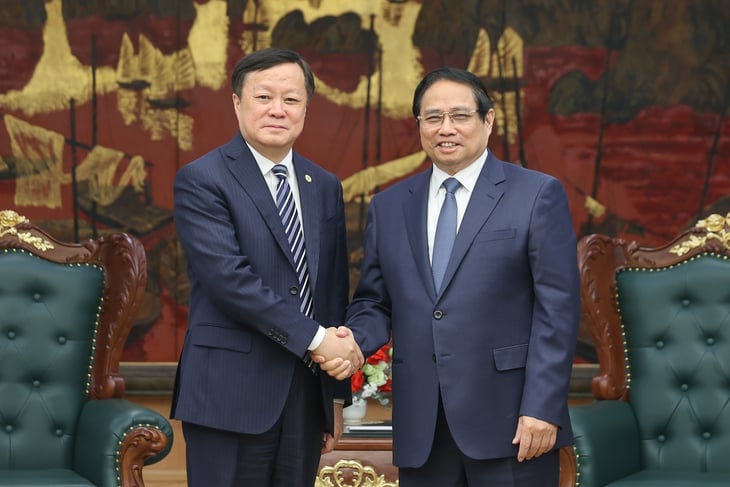


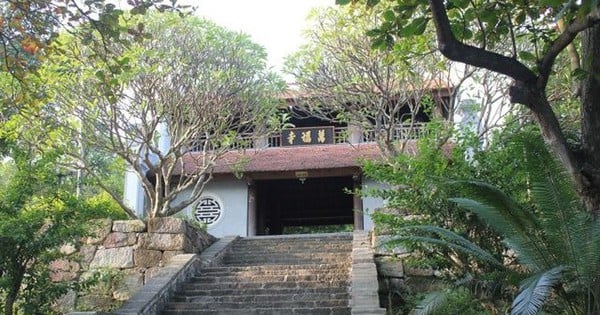
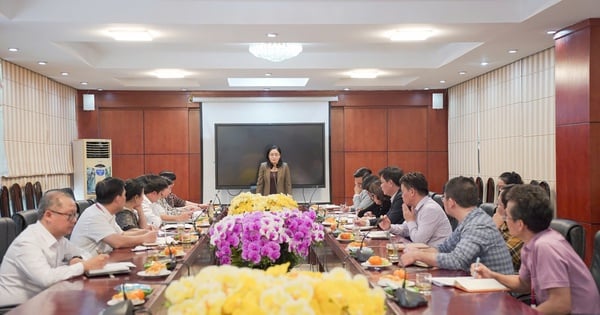
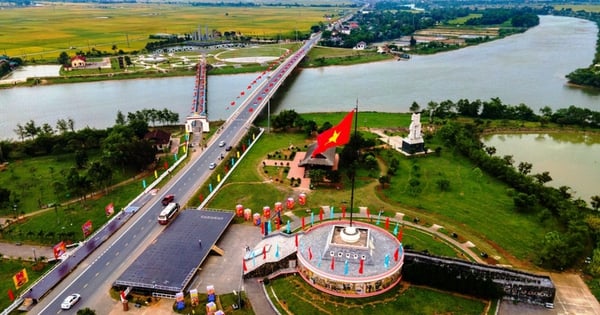
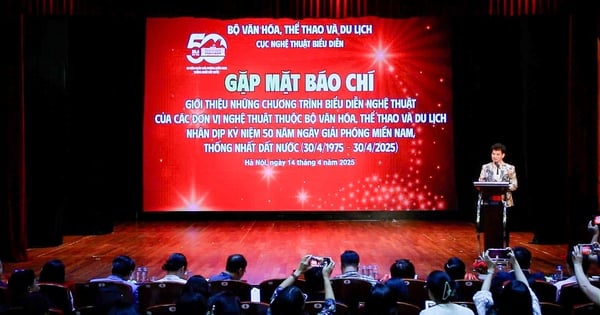
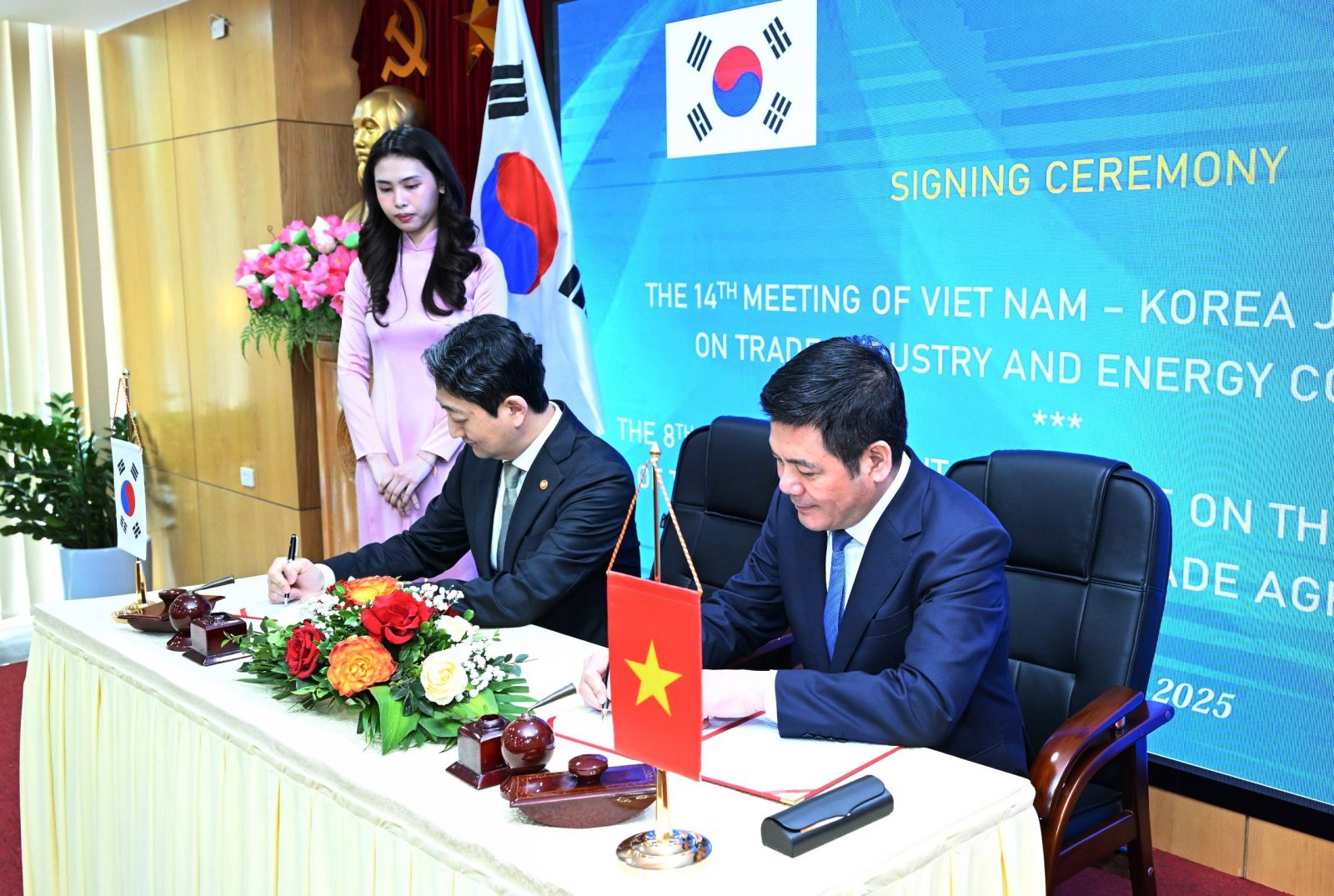

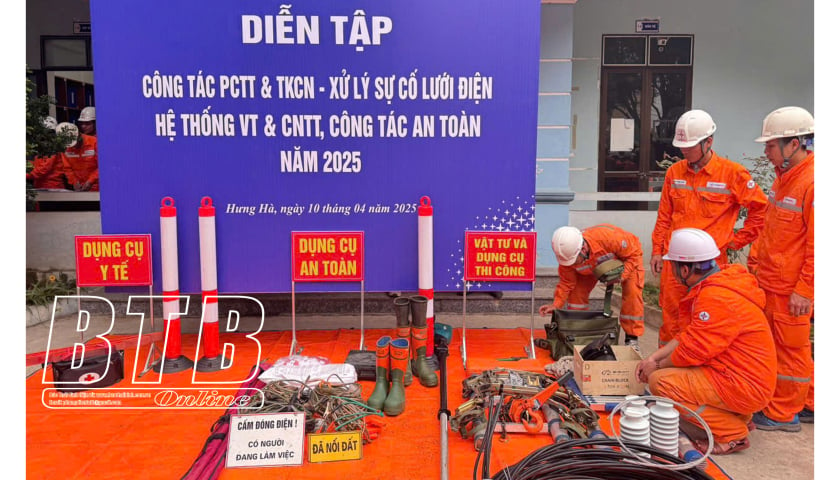

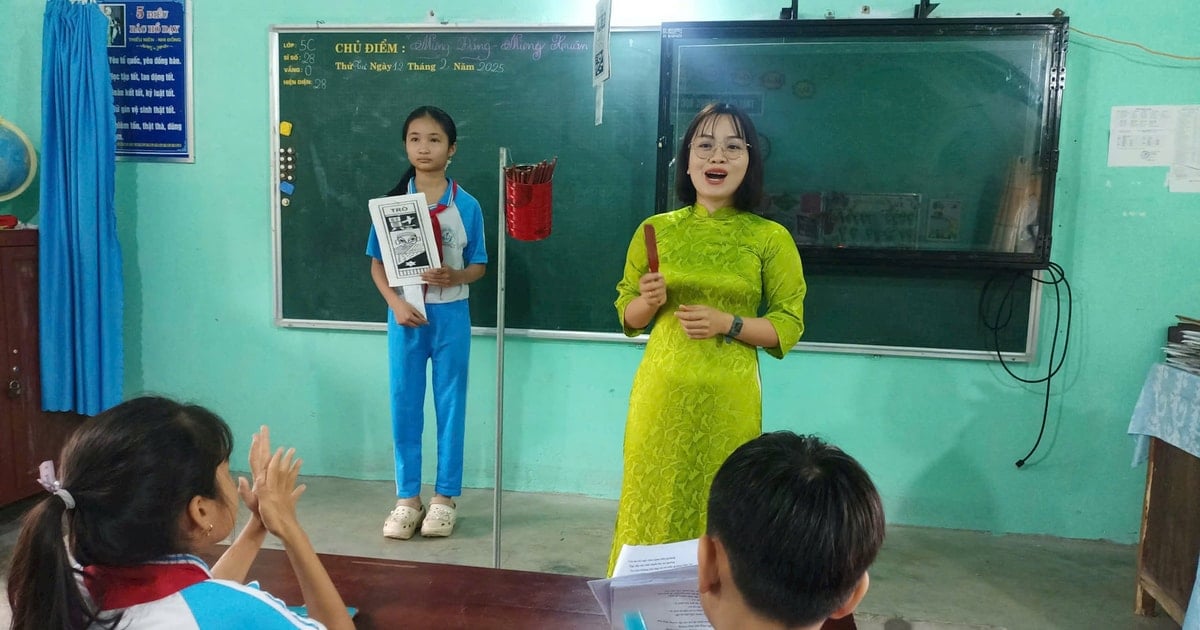

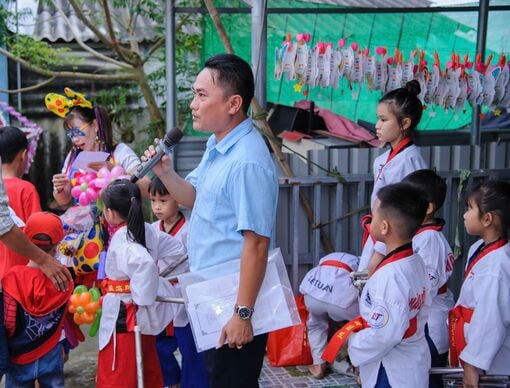


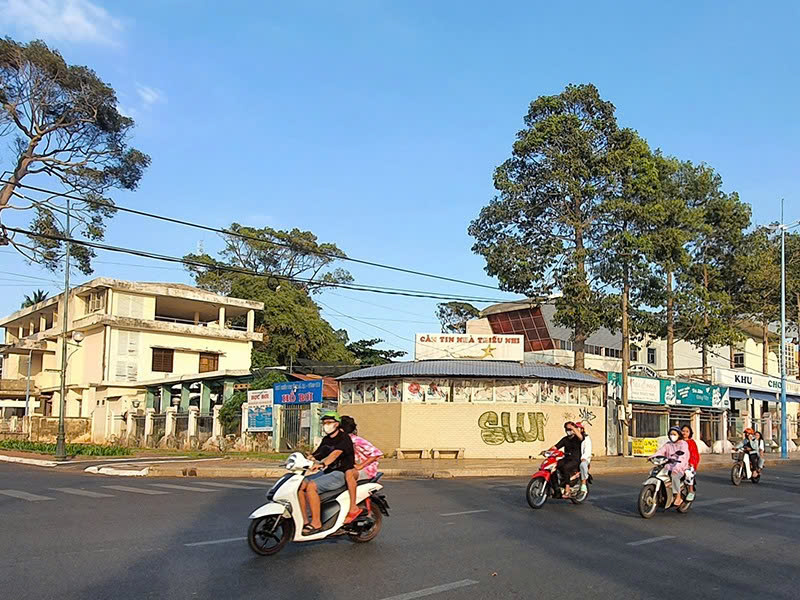

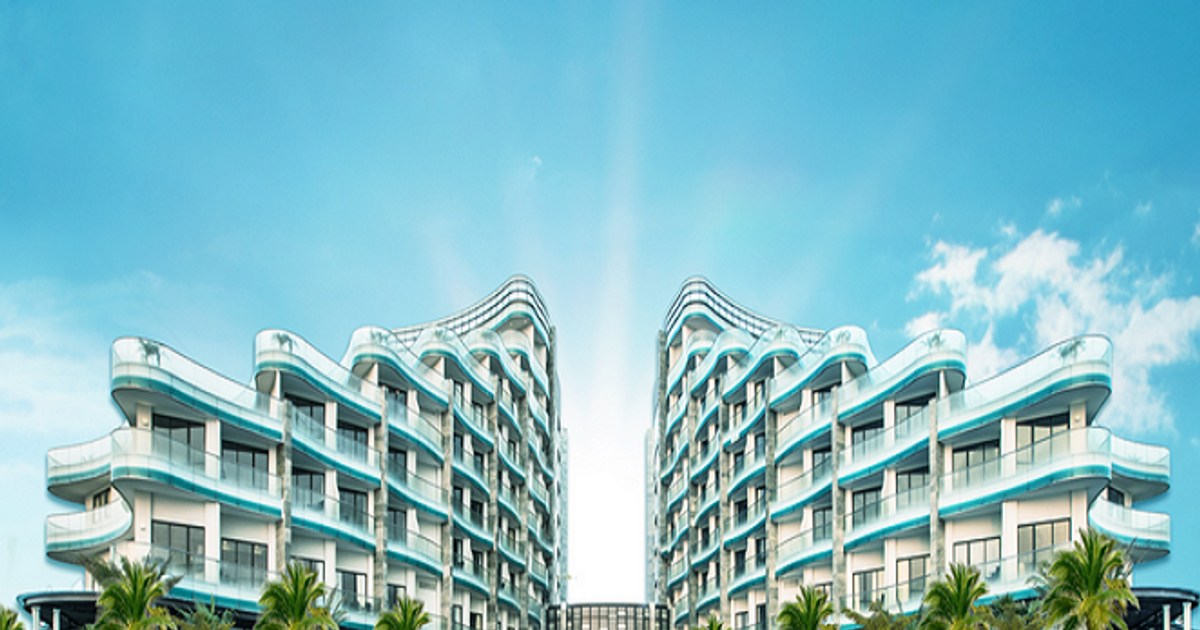
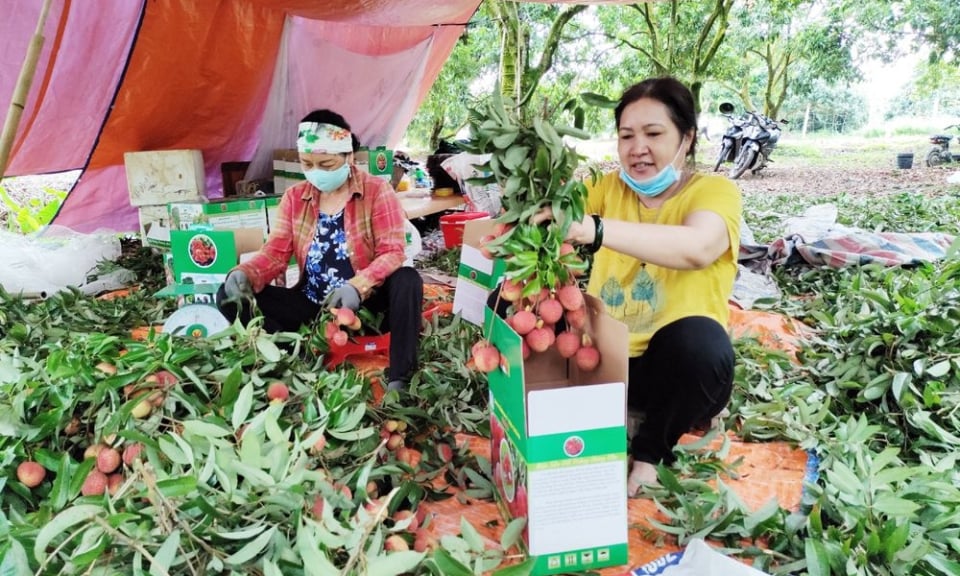

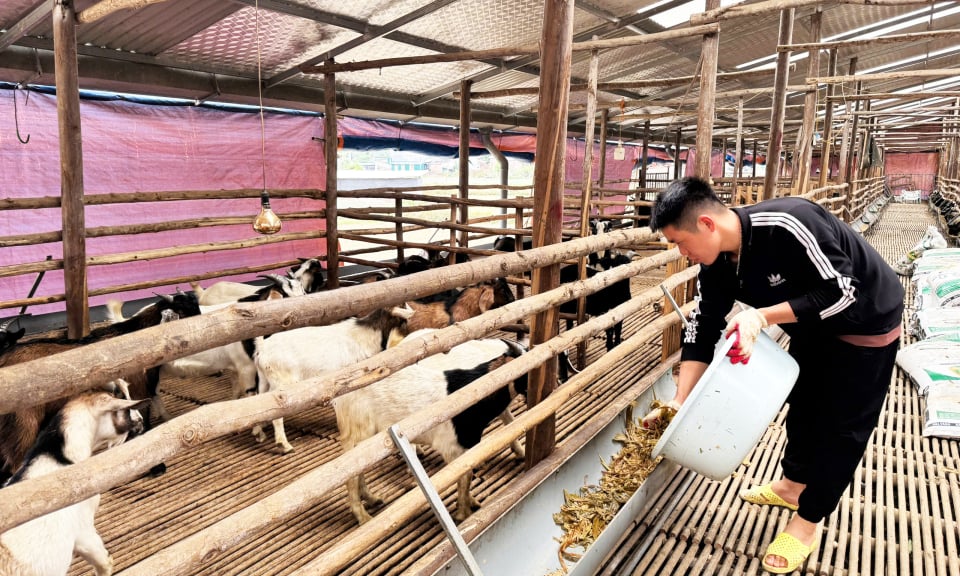

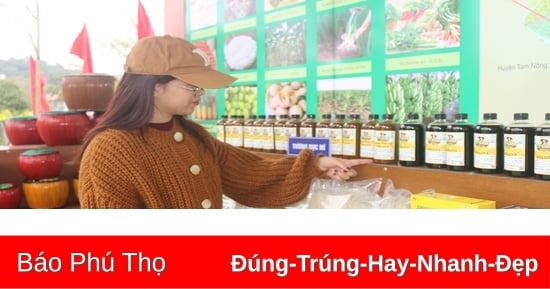

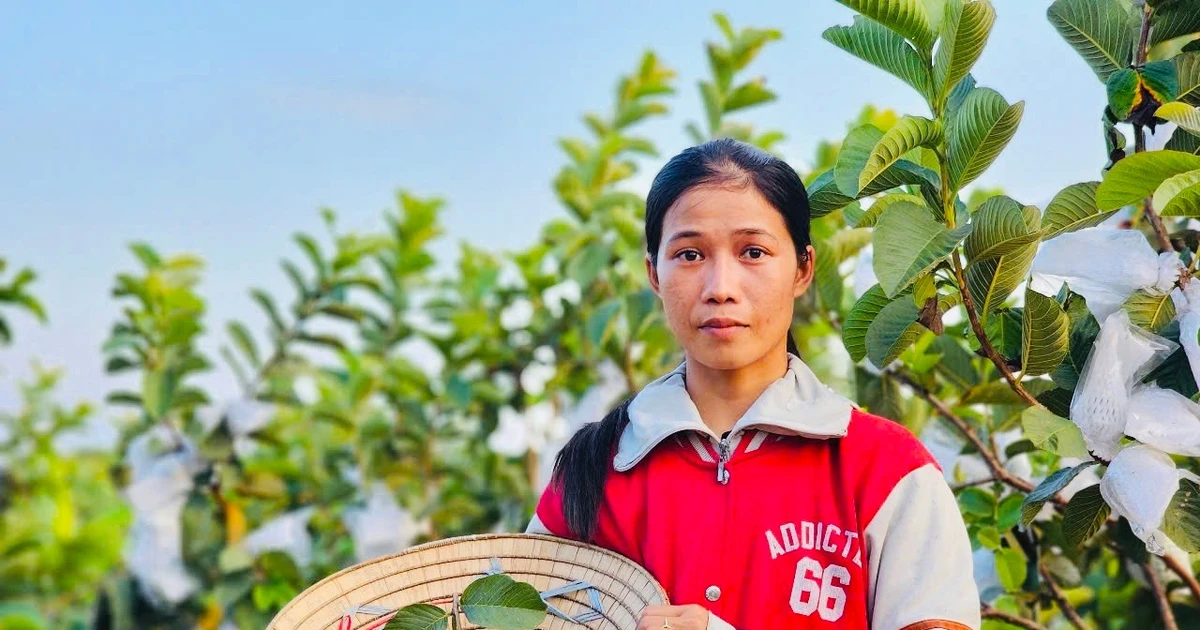

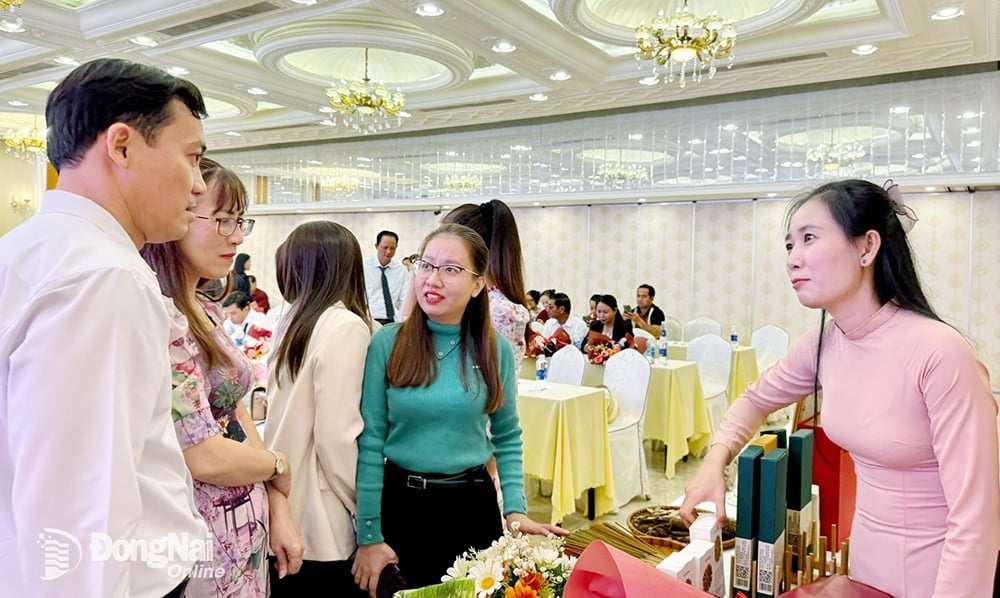

Comment (0)